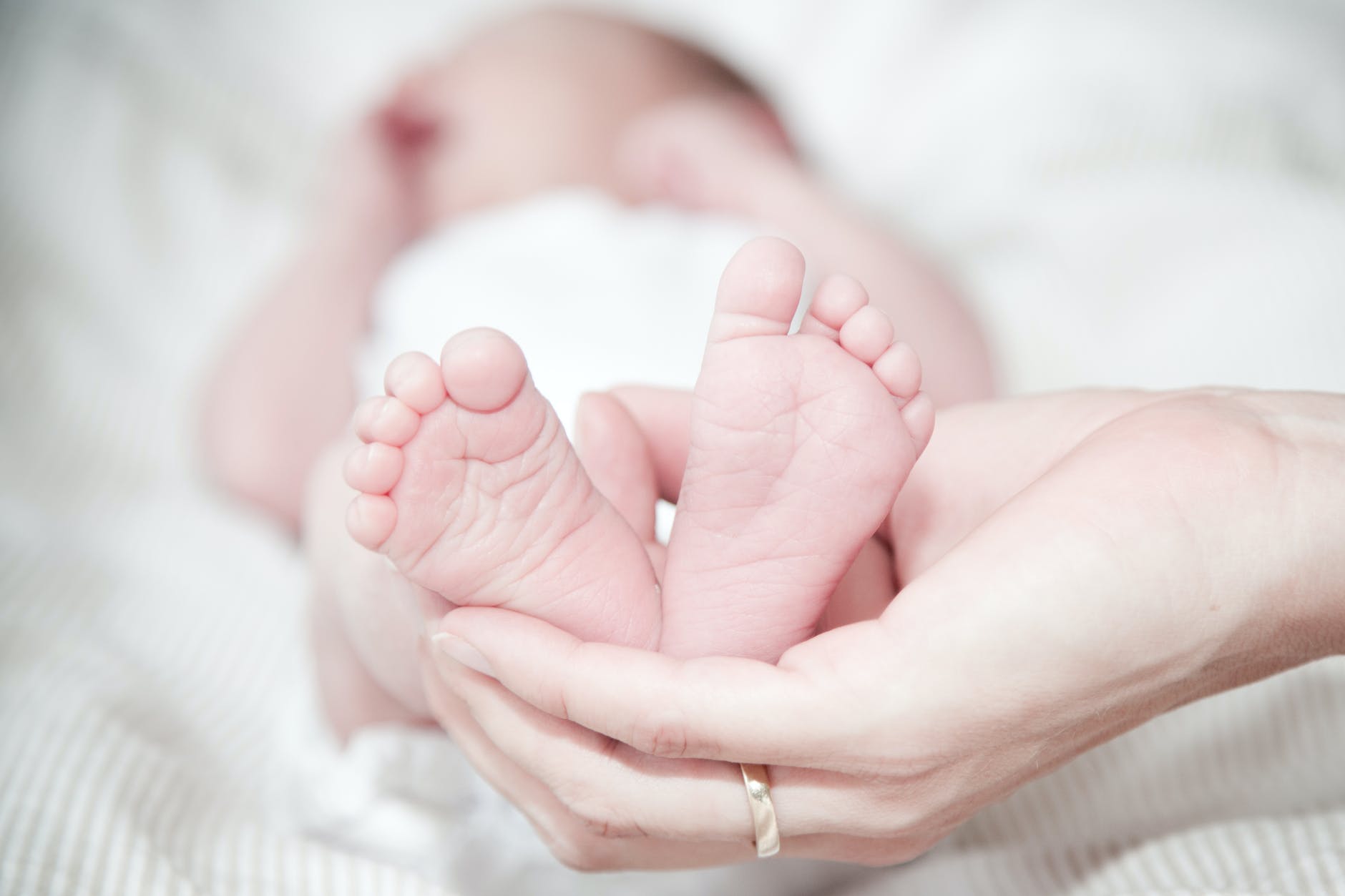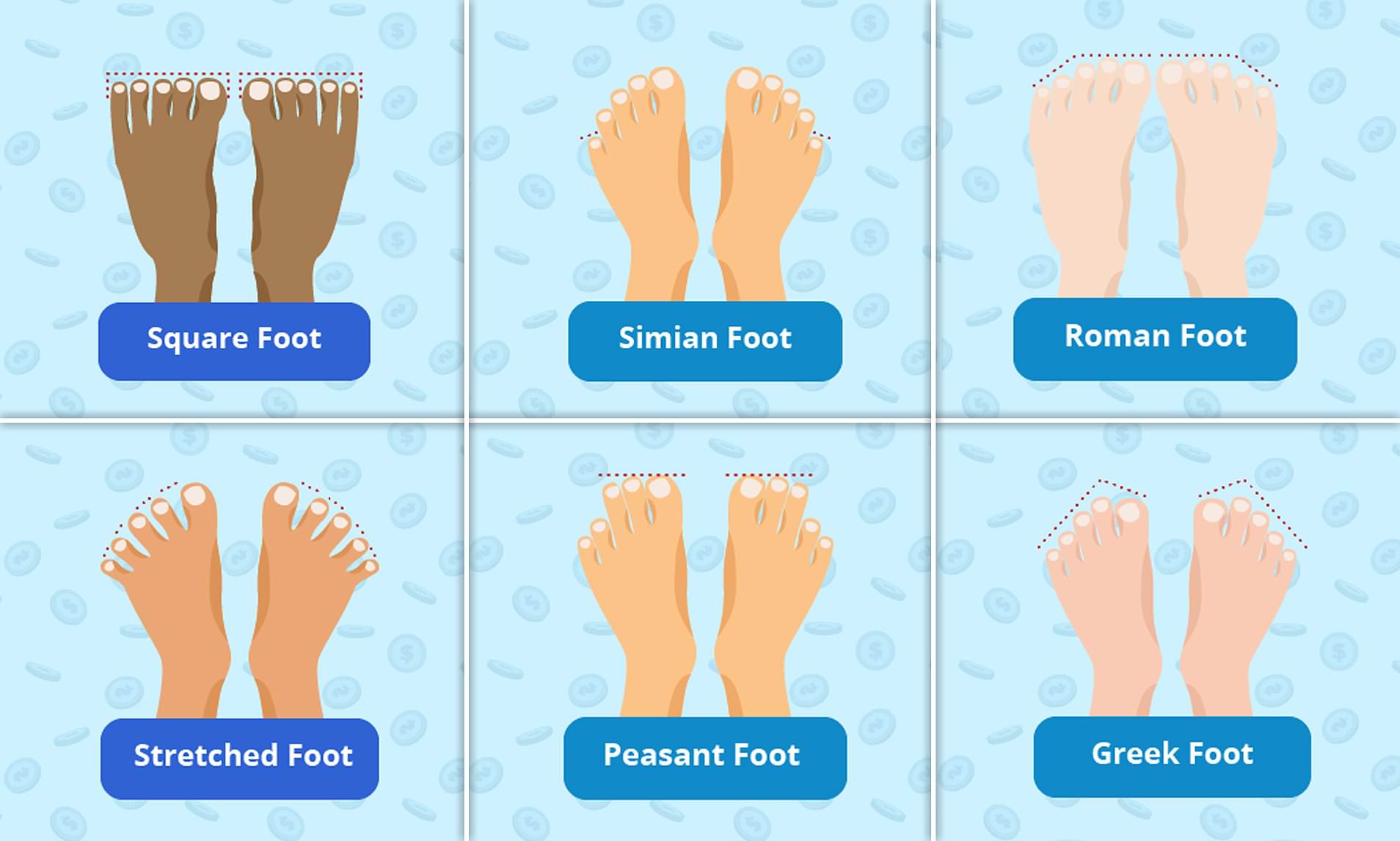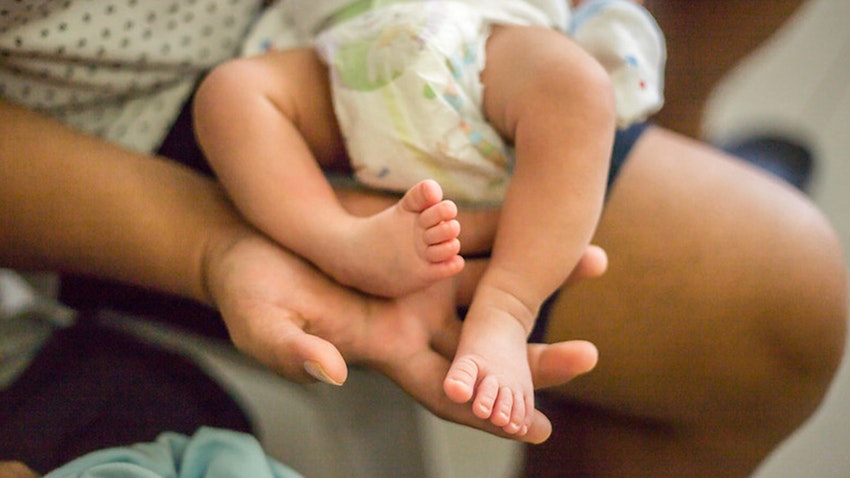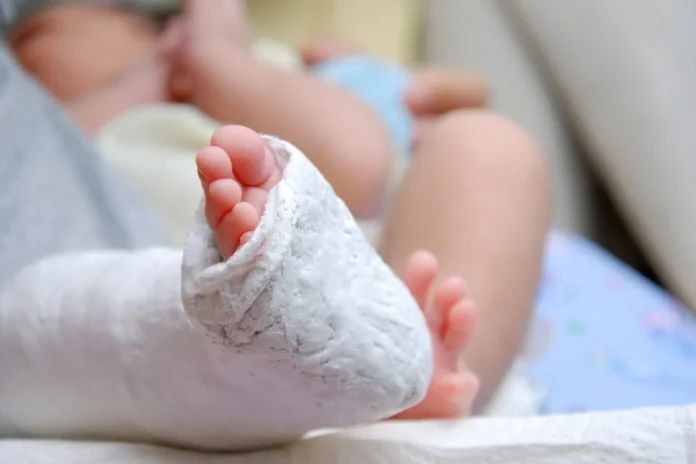A v-shaped structure at the end of the feet characterizes a cleft foot. This deformity affects the ability to stand, run or maintain specific postures. It is caused due to genetic defects resulting in low cell growth and high cell death during the fetal stage and has an infrequent occurrence. Several times it might occur along with split hands that cause the same v-shaped structure in hands.
Cleft foot (read more at KOL) is a type of foot deformity in which the foot fingers of the affected individuals seem to be stuck together at their ends, thereby giving the appearance of missing fingers.
1. How is cleft foot diagnosed?

Medical professionals can often diagnose cleft feet before a baby is born. Usually, routine ultrasounds between 18 and 21 weeks gestation can reveal the presence of the condition. Diagnosis of a cleft foot during pregnancy means that parents can discuss the situation in advance with their doctor and determine what to expect before the baby’s birth. They can also plan treatment options, enabling their child to benefit from early medical intervention.
Furthermore, some babies are born with normal feet but in an unusual position after being squashed inside the womb. In such cases, a baby’s feet will usually correct themselves naturally over time. Normally, it takes around 3 months after birth until the feet recover; however, some infants may also require several sessions of physiotherapy.
2. When do your feet stop growing?
The development of feet shape gets completed during the fetal period, whereas its size keeps growing with age. Foot length growth is associated with a height increment and weight annually in pre-puberty young boys and girls. Similar to a majority of organs, an individual’s feet stop growing when they attain the age of adulthood and the end of puberty. However, much research suggests that the peak of foot growth is achieved before puberty and the development of foot length shows stability after 12 years in both males and females.
3 .Types of feet shapes

Regular foot shapes are categorized into various types based on the toe finger size and foot arch. Based on the toe fingers’ length of the feet, it can be classified as square, greek, Egyptian, and German. A square foot consists of all the toe fingers of the same size. If the second toe is more prominent than the other toe fingers, then the feet shape is known as the greek foot, whereas if all the fingers are in descending order of size, it is known as the Egyptian foot.
Also, if the first toe is the largest and all the other toe fingers are the same size, similar to square feet. The arch of the foot also results in different foot shapes. Flat foot shapes are when there is no arch forming, whereas hollow foot shape is when deep arch holes exist on the bottom of feet at the posterior region of the feet. The presence of genetic deformities causes different foot shapes to develop. Clubfoot causes the feet to be bent inwards or downwards, whereas cleft foot creates a v-shaped structure with a hollow hole-like appearance towards the toe fingers.
4. Holes on the bottom of the foot
A Cleft foot creates a structural deformity at the bottom of the foot by creating a v-shaped structure by clubbing all the fingers at its extreme sides, which causes the middle portion of the bottom area of the foot to have a hollow hole-like appearance. This hole-like structural change through the cleft foot affects the overall functioning of the foot, thereby causing pain and discomfort to the individual performing simple tasks like walking.
5. Toes split

A plantar plate ligament that connects all the toe fingers gets torn due to genetic dysfunction. The plantar plate ligament causes the toe fingers to be present at a specific location and combines them for proper motility. A genetic mutation could affect the ability of the plantar plate ligament to hold together all the foot fingers, which results in location deformities of the toe fingers, causing them to club at two separate extreme sides of the foot.
6. How is cleft foot treated?
Cleft foot treatment typically begins 1 to 2 weeks after birth. One of the most common treatments is the Ponseti method, which gently manipulates and stretches an infant’s foot into a better position, after which the foot is placed into a cast. This process is repeated weekly for around 5 to 8 weeks.
Most babies also require minor surgery under local anesthetic to loosen the Achilles tendon at the back of the ankle once the final cast is removed. This procedure helps to release the baby’s foot into a more natural position. Afterward, the baby wears special boots connected to one another via a bar, preventing the club foot from developing again. They wear these boots continuously for the first 3 months and then overnight until they reach 4 or 5 years of age.
Since it is a genetic deformity and is visible after birth, it is visible during pregnancy through imaging techniques like X-ray or CT-scan. Due to the hereditary nature of the cleft foot and its prevalence rareness, a treatment that completely eradicates the deformities does not exist. However, a surgery aiming to repair the deformities could cause significant changes in the shape of the cleft foot, enabling affected individuals to perform everyday walking and other movements







